Bold Bets That Pay Off
Jordan Opportunity makes a fast break from the starting gate.
Forget diversification. Jerry Jordan would rather make bold bets on a small number of fast-growing companies. Using this concentrated approach, Jordan Opportunity fund has made a strong impression in a short period. The $27-million fund, which invests mostly in large companies, has topped Standard & Poor's 500-stock index by an average of six percentage points a year since its January 2005 launch. In 2007 through mid September, it earned 21%, beating 99% of diversified U.S. stock funds.
A version of Opportunity was launched in 1992 as a private partnership. Jordan began running it in 1997, then converted it to a mutual fund eight years later. Opportunity (symbol JORDX) requires $10,000 to start and charges 1.59% in annual fees.
Jordan focuses on themes. He looks for four to six Rbig changes that will drive businesses for big reasons.S He's bullish on energy, which accounts for more than 25% of assets. "The stocks have been priced as if the energy cycle were over," he says. Among his holdings are energy-services giant Schlumberger and offshore-drilling contractor Transocean. Jordan has also been investing in medical-device firms, which he thinks will sustain earnings growth even if the economy slows.
From just $107.88 $24.99 for Kiplinger Personal Finance
Become a smarter, better informed investor. Subscribe from just $107.88 $24.99, plus get up to 4 Special Issues

Sign up for Kiplinger’s Free Newsletters
Profit and prosper with the best of expert advice on investing, taxes, retirement, personal finance and more - straight to your e-mail.
Profit and prosper with the best of expert advice - straight to your e-mail.
In addition to concentrating his picks, Jordan trades quickly (turnover is 304%, implying that the entire portfolio is replaced every four months), and he can also bet against the stock market. If this assertive strategy sounds familiar, it may be because it looks a lot like that of a fellow Bostonian, Ken Heebner, manager of Kiplinger 25 member CGM Focus. If Jordan comes anywhere near Heebner's record, his clients will be delighted.
Profit and prosper with the best of Kiplinger's advice on investing, taxes, retirement, personal finance and much more. Delivered daily. Enter your email in the box and click Sign Me Up.
-
 The Santa Claus Rally Officially Begins: Stock Market Today
The Santa Claus Rally Officially Begins: Stock Market TodayThe Santa Claus Rally is officially on as of Wednesday's closing bell, and initial returns are positive.
-
 How to Leave Different Amounts to Adult Children Without Causing a Rift
How to Leave Different Amounts to Adult Children Without Causing a RiftHere’s how to leave different amounts to adult children without causing a family rift.
-
 My Retirement Learning Curve, 1 Year In
My Retirement Learning Curve, 1 Year InA retiree checks in with what they wish they knew early on and what they've changed about their plan one year in.
-
 Best Banks for High-Net-Worth Clients
Best Banks for High-Net-Worth Clientswealth management These banks welcome customers who keep high balances in deposit and investment accounts, showering them with fee breaks and access to financial-planning services.
-
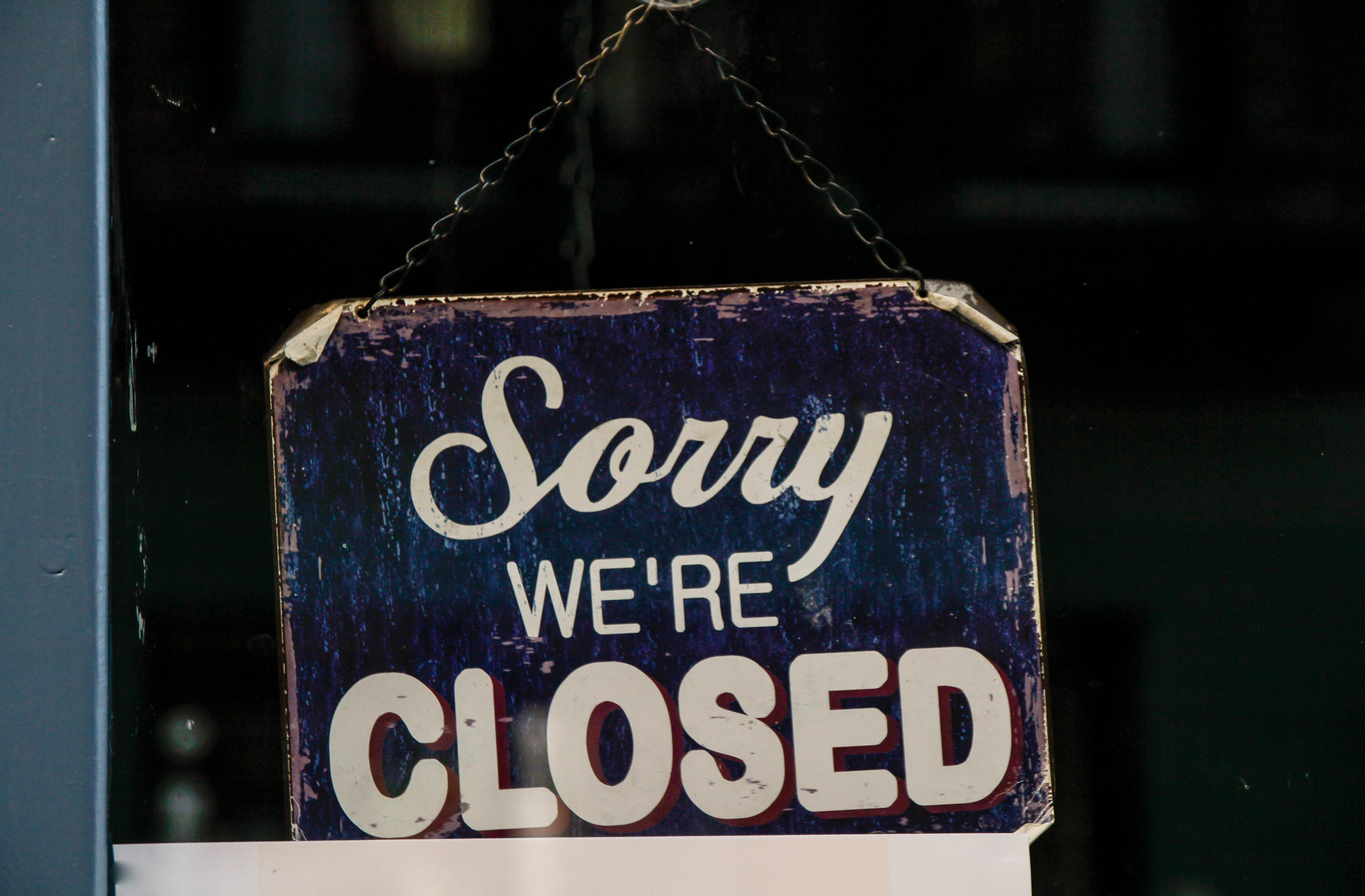 Stock Market Holidays in 2025 and 2026: NYSE, NASDAQ and Wall Street Holidays
Stock Market Holidays in 2025 and 2026: NYSE, NASDAQ and Wall Street HolidaysMarkets When are the stock market holidays? Here, we look at which days the NYSE, Nasdaq and bond markets are off in 2025 and 2026.
-
 Stock Market Trading Hours: What Time Is the Stock Market Open Today?
Stock Market Trading Hours: What Time Is the Stock Market Open Today?Markets When does the market open? While the stock market has regular hours, trading doesn't necessarily stop when the major exchanges close.
-
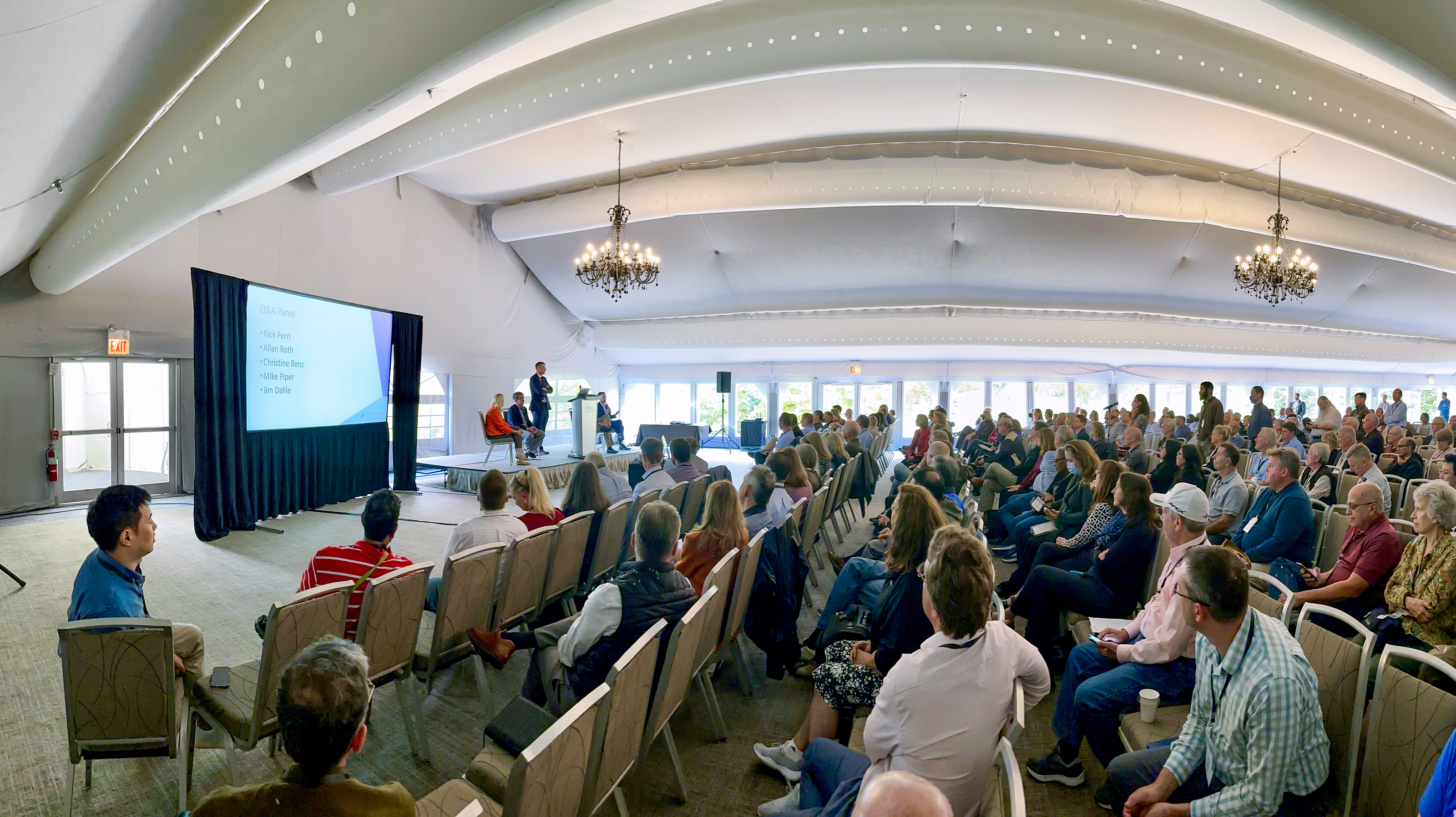 Bogleheads Stay the Course
Bogleheads Stay the CourseBears and market volatility don’t scare these die-hard Vanguard investors.
-
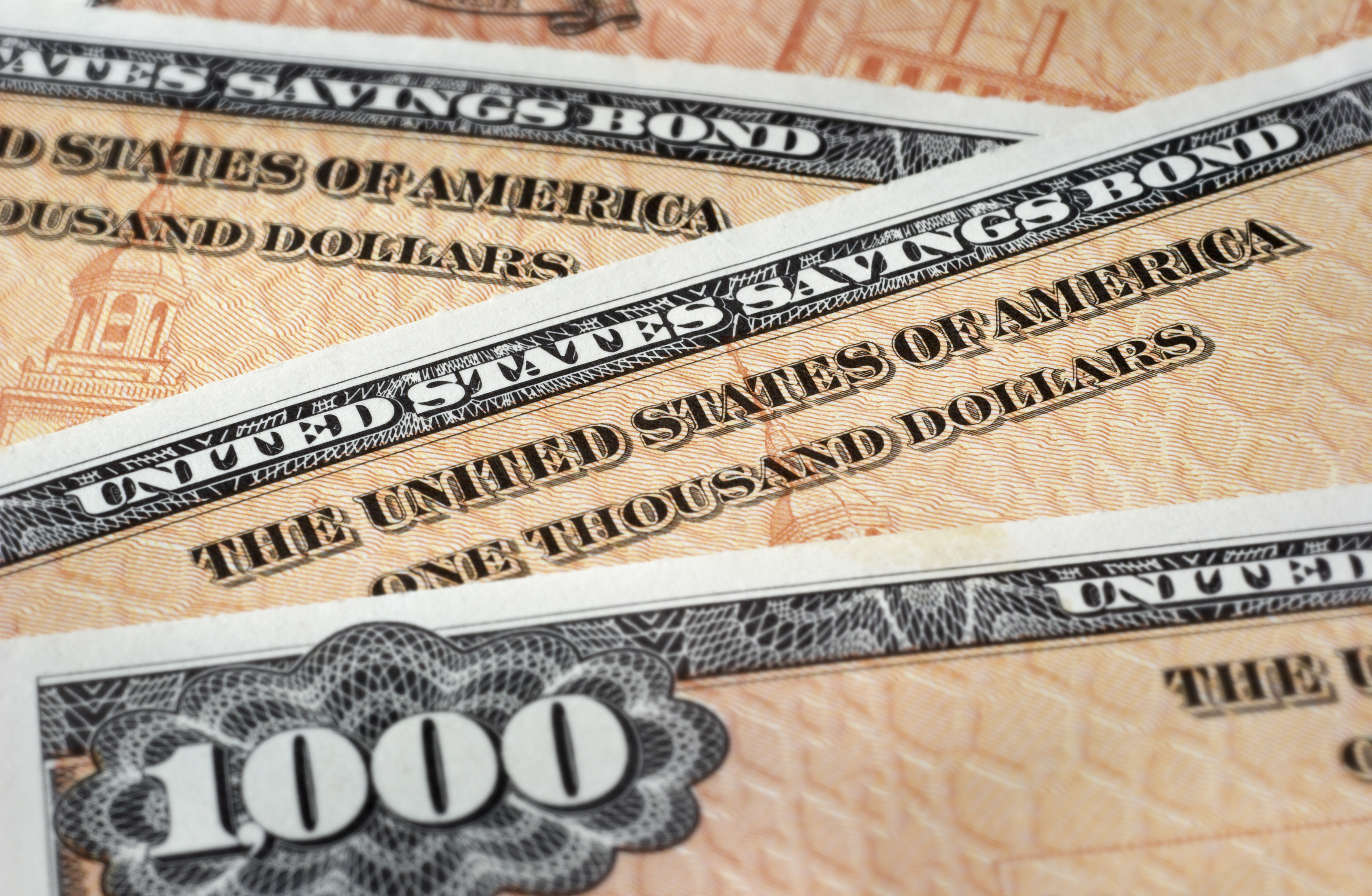 The Current I-Bond Rate Is Mildly Attractive. Here's Why.
The Current I-Bond Rate Is Mildly Attractive. Here's Why.Investing for Income The current I-bond rate is active until April 2026 and presents an attractive value, if not as attractive as in the recent past.
-
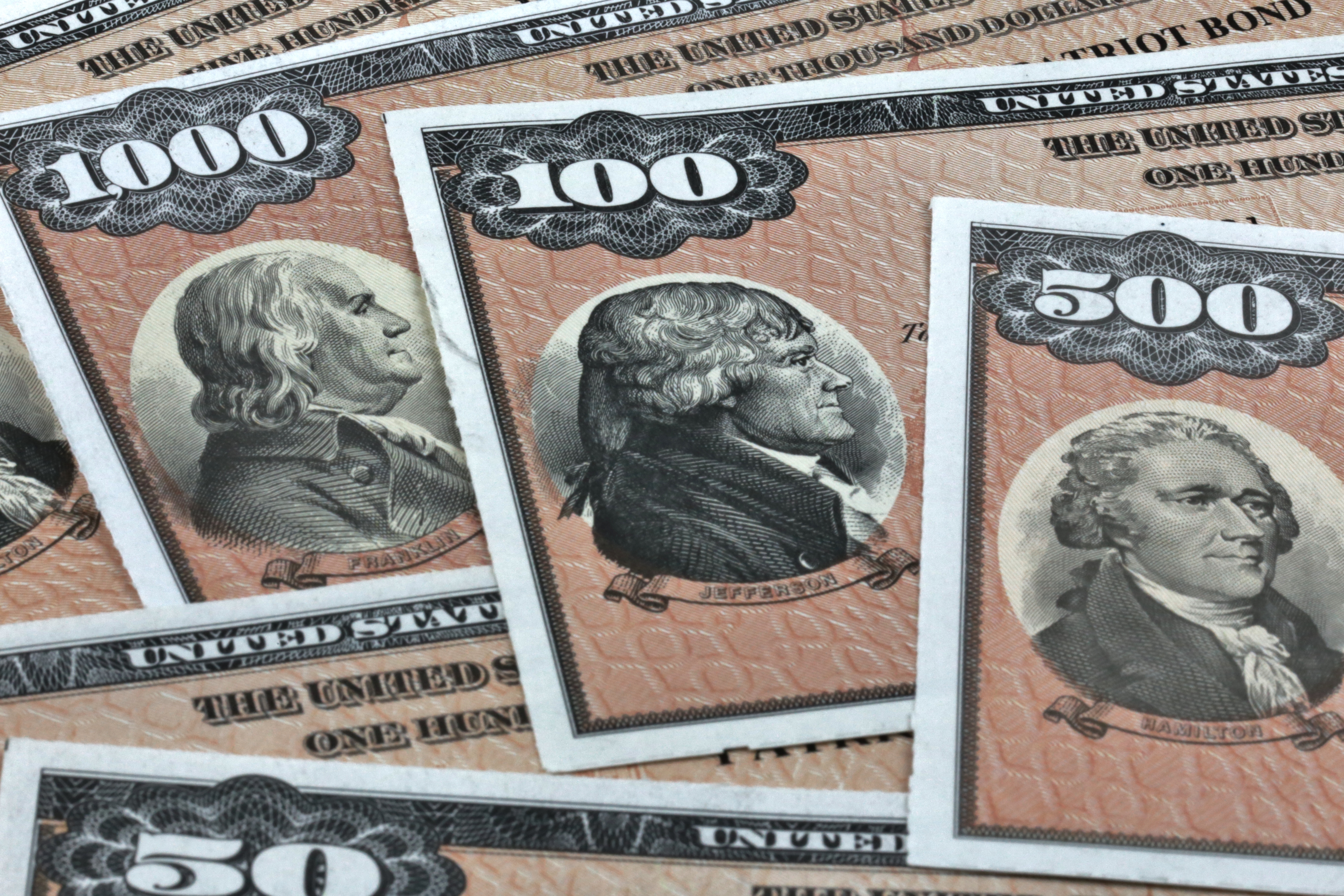 What Are I-Bonds? Inflation Made Them Popular. What Now?
What Are I-Bonds? Inflation Made Them Popular. What Now?savings bonds Inflation has made Series I savings bonds, known as I-bonds, enormously popular with risk-averse investors. How do they work?
-
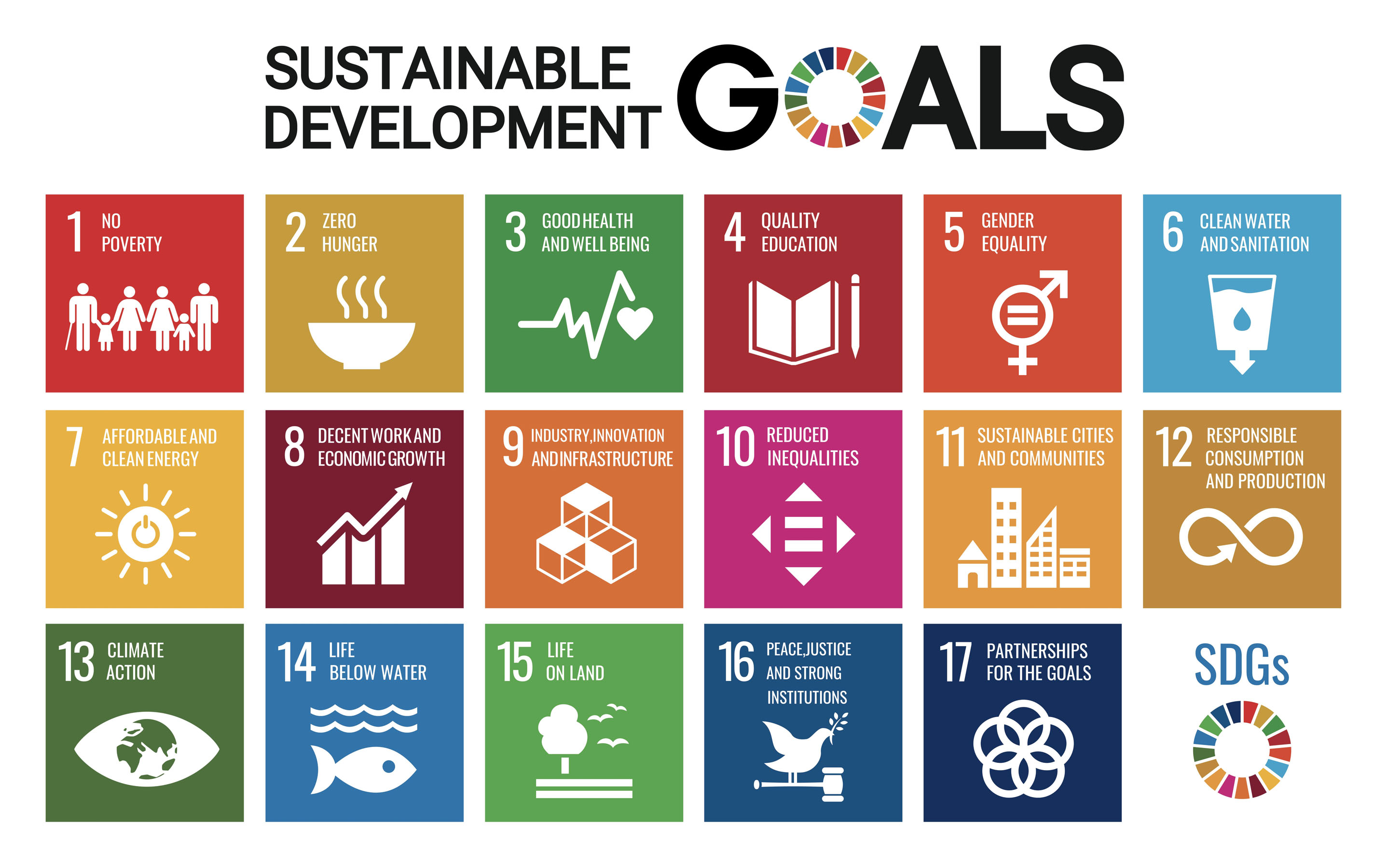 This New Sustainable ETF’s Pitch? Give Back Profits.
This New Sustainable ETF’s Pitch? Give Back Profits.investing Newday’s ETF partners with UNICEF and other groups.
-
 As the Market Falls, New Retirees Need a Plan
As the Market Falls, New Retirees Need a Planretirement If you’re in the early stages of your retirement, you’re likely in a rough spot watching your portfolio shrink. We have some strategies to make the best of things.